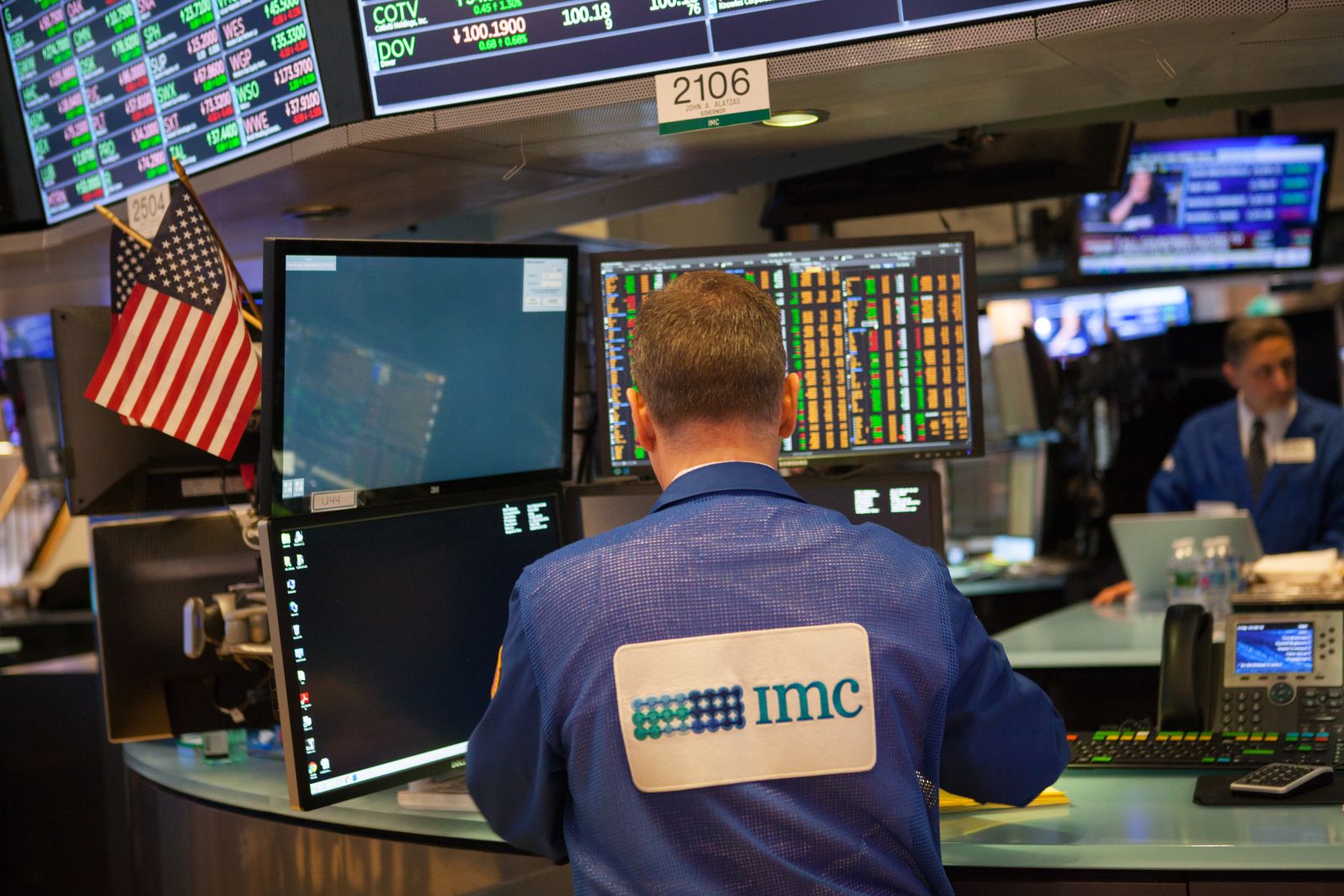Nissan and Honda (HMC) have ended merger talks to form a $60 billion automotive giant, a deal that would have positioned them as the world's fourth-largest car group behind industry titans. The collapse of these discussions has thrown both companies into uncertainty amid intensifying competitive pressures and market disruptions. The talks, initiated last December, faltered over disagreements on the balance of power—Honda proposed making Nissan a subsidiary, a move Nissan found unacceptable. Instead, both automakers will continue with existing cooperation agreements, including a technology partnership with Mitsubishi Motors, while they reassess their strategic direction in an increasingly volatile global market. Market Overview:
- The failed merger talks have heightened uncertainty for both Nissan and Honda.
- Disagreements over control, particularly Honda's proposal, led to the collapse of the deal.
- Existing alliances, such as with Mitsubishi Motors, will continue amid strategic reassessments.
- Nissan's ongoing challenges, including management turmoil, are exacerbated by the merger fallout.
- Honda’s reluctance to accept a subsidiary arrangement underscores internal strategic divides.
- The breakdown reflects broader industry pressures from emerging EV makers and global competition.
- The companies may explore new partnerships, with potential interest from entities like Foxconn.
- Restructuring efforts will be crucial as both automakers adapt to a rapidly changing market landscape.
- Future strategic shifts will determine their ability to regain and sustain competitive positioning.
- The end of merger talks allows both Nissan and Honda to maintain their unique brand identities and corporate cultures, potentially preserving their individual strengths in the market.
- Freedom from a complex merger process enables both companies to focus on immediate challenges and opportunities in the rapidly evolving automotive industry.
- The collapse of talks may spur both companies to pursue more innovative strategies and partnerships, potentially leading to more agile and competitive positions in the market.
- Existing cooperation agreements, such as the technology partnership with Mitsubishi Motors, can be strengthened without the complications of a full merger.
- The decision to remain independent could attract new investment opportunities from entities like Foxconn, potentially bringing fresh capital and technological expertise.
- The failure to merge means Nissan and Honda miss out on potential synergies and economies of scale that could have strengthened their global competitiveness.
- Both companies now face intensified pressure to compete individually against larger, more resource-rich automotive giants and emerging EV manufacturers.
- The collapse of talks may signal deeper strategic disagreements within each company, potentially hampering future growth and innovation efforts.
- Nissan's ongoing management challenges and past crises are now further complicated by the need to formulate a new standalone strategy.
- Without the combined resources of a merger, both companies may struggle to make the necessary investments in electric and autonomous vehicle technologies to remain competitive.
This article contains syndicated content. We have not reviewed, approved, or endorsed the content, and may receive compensation for placement of the content on this site. For more information please view the Barchart Disclosure Policy here.



/Quantum%20Computing/Image%20by%20Funtap%20via%20Shutterstock.jpg)
/A%20Palantir%20office%20building%20in%20Tokyo_%20Image%20by%20Hiroshi-Mori-Stock%20via%20Shutterstock_.jpg)
/Nike%2C%20Inc_%20shopping%20by-%20hapabapa%20via%20iStock.jpg)
/Quantum%20Computing/A%20concept%20image%20with%20a%20brain%20on%20top%20of%20a%20blue%20circuit%20board_%20Image%20by%20Gorodenkoff%20via%20Shutterstock_.jpg)
